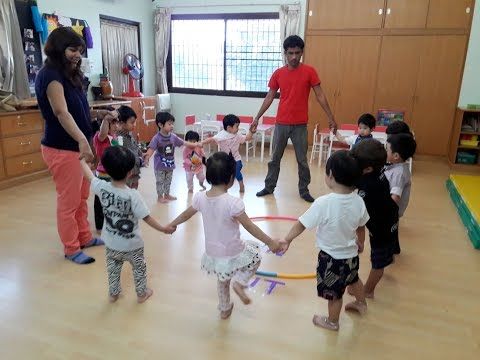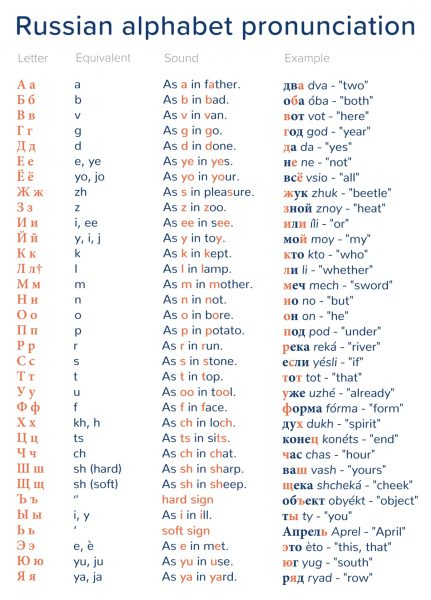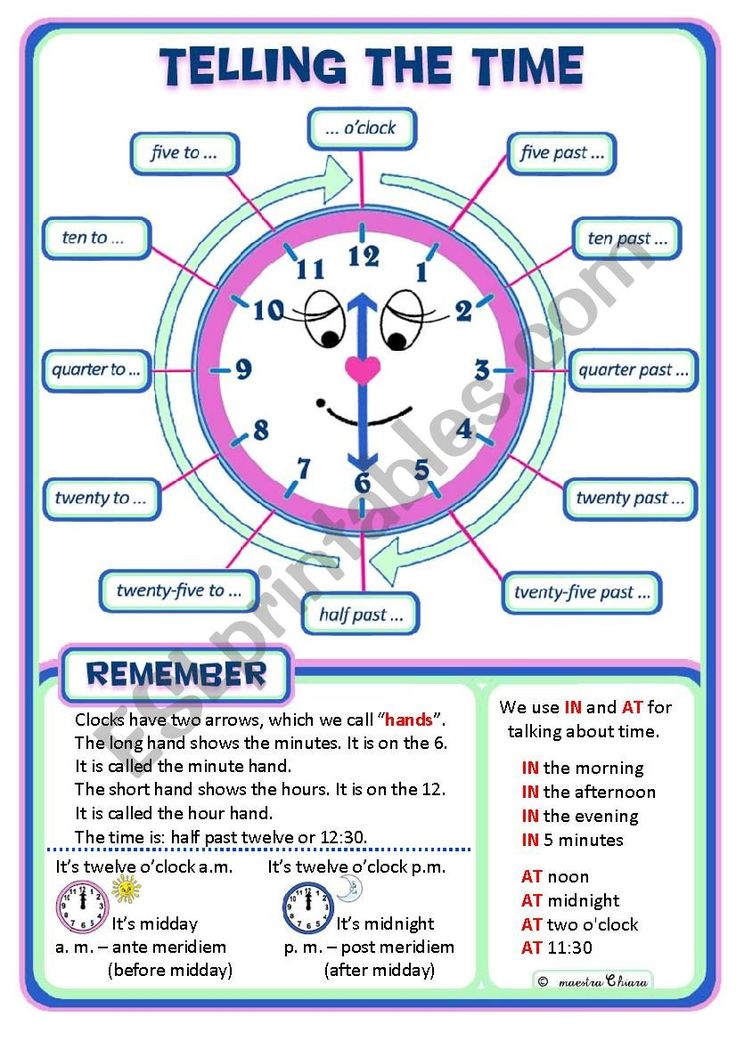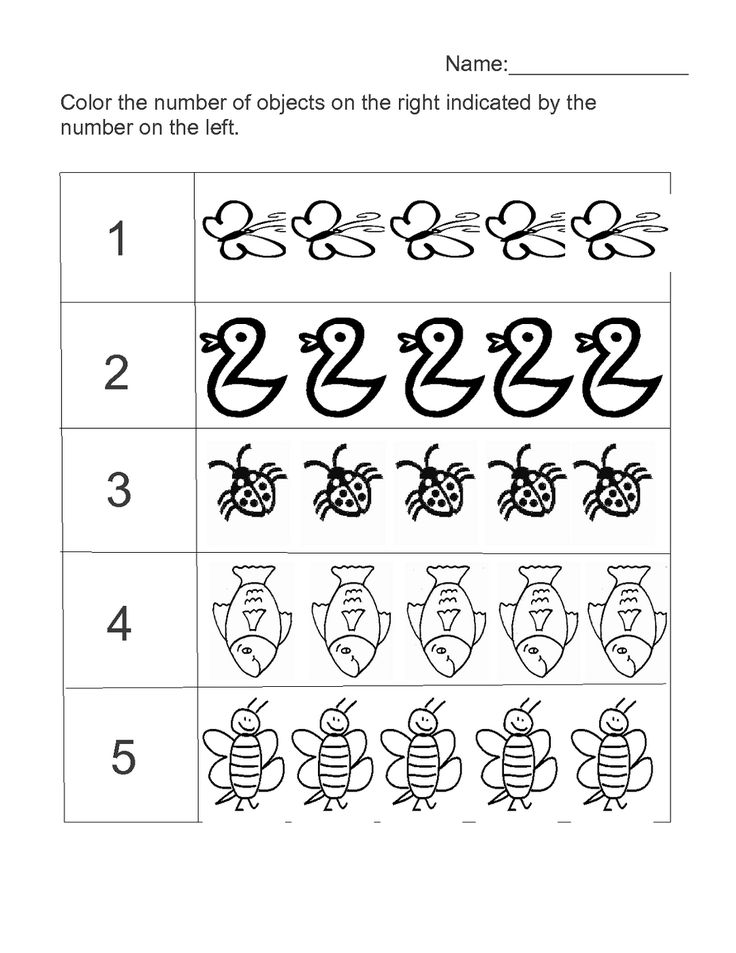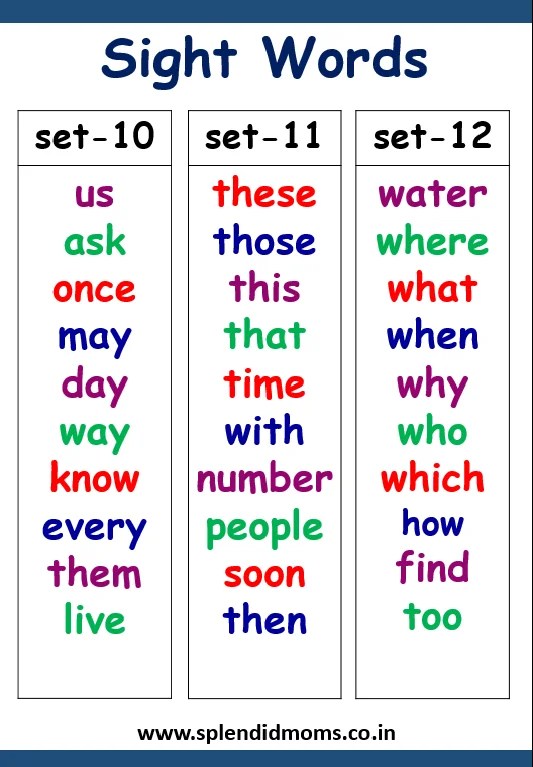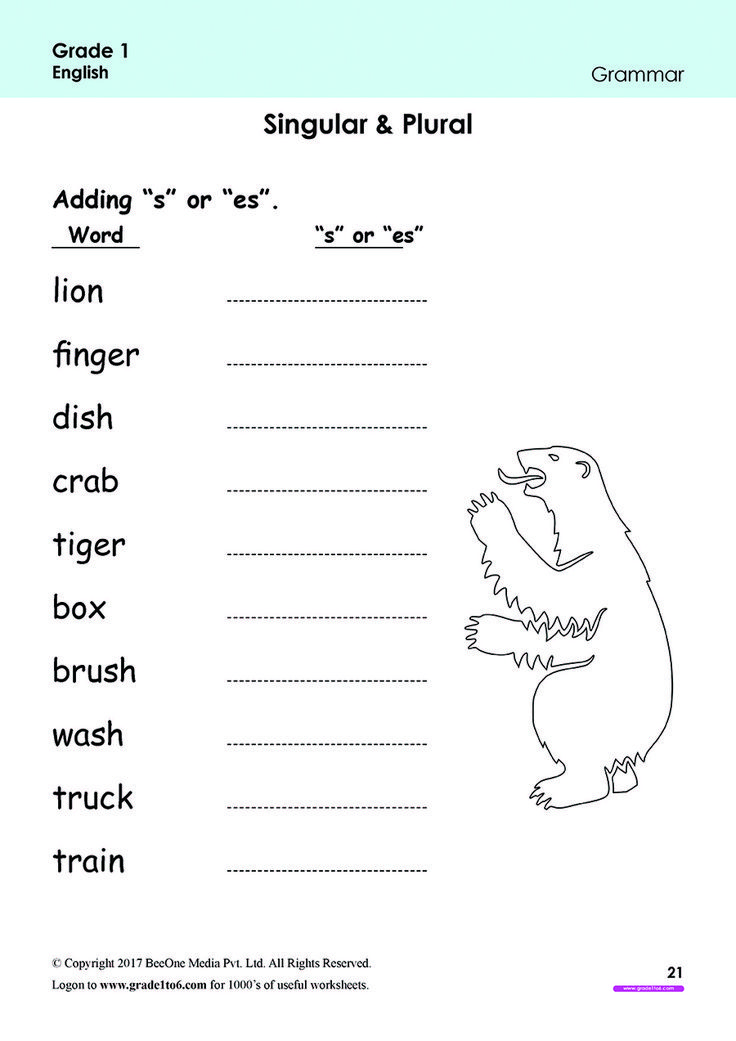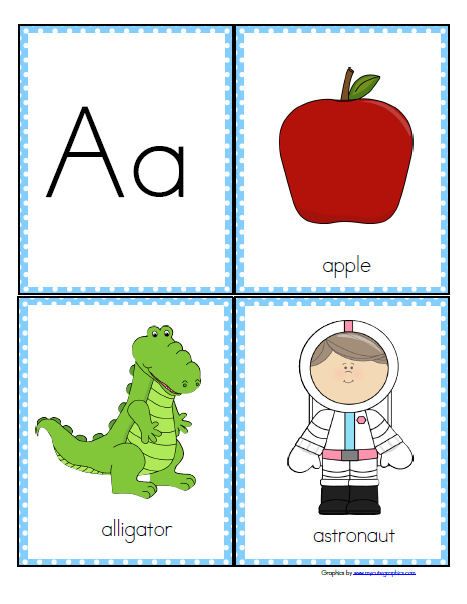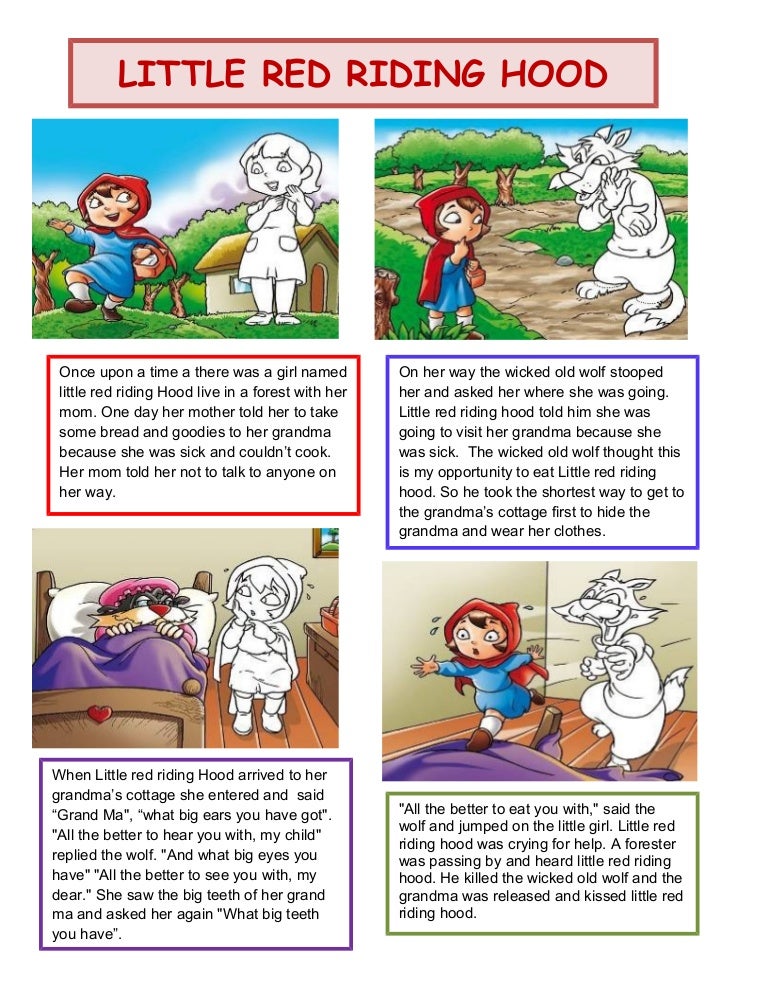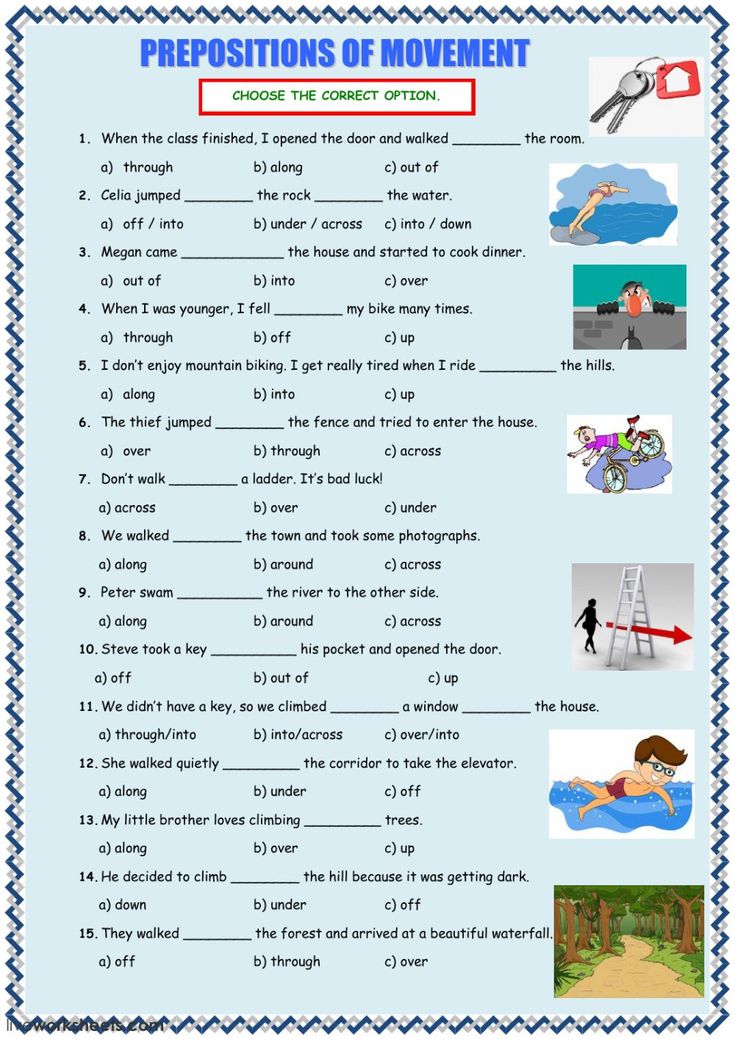Kids learn through play
How Do Children Learn Through Play?
As an adult, Albert Einstein remembered a pivotal event in his life that inspired his interest in scientific discovery. He was four or five years old and stuck in bed with a childhood illness when his father handed him a magnetic pocket compass to play with. He spend hour twisting the compass, wondering how the needle always knew to point towards the north.
The book Internet Invention: From Literacy to Electracy , quotes Albert Einstein on how playing with that compass inspired his love of science. "I can still remember," he wrote, "that this experience made a deep and lasting impression on me. Something deeply hidden had to be behind things."
As a parent, you probably love to see your child playing. It’s incredible to hear their ideas and to learn about the new worlds they create. It’s also fun to see how creative they can be as they put their imagination to use in learning about the world around them.
Play is far more powerful for children, however, than many parents realize.It’s actually the key to learning. Researchers and educators across the world have found that play can help enrich learning and develop key skills such as inquiry, expression, experimentation, and teamwork.
Schools that use the Montessori education focus on encouraging children to learn through “meaningful play.” According to the book, From Play to Practice: Connecting Teachers' Play to Children's Learning, “meaningful play” has five characteristics. It:
- Gives the child a choice about what he or she wants to do
- Feels fun and enjoyable for the child
- Evolves spontaneously, rather than giving kids a script to follow
- Is driven by intrinsic motivation about what the child wants to do
- Creates a risk-free environment where kids can experiment and try new ideas.
In meaningful play, children are active participants. For example, instead of passively taking in a lesson, children take on roles alongside their peers and respond to the other children according to the rules of play that they’ve created.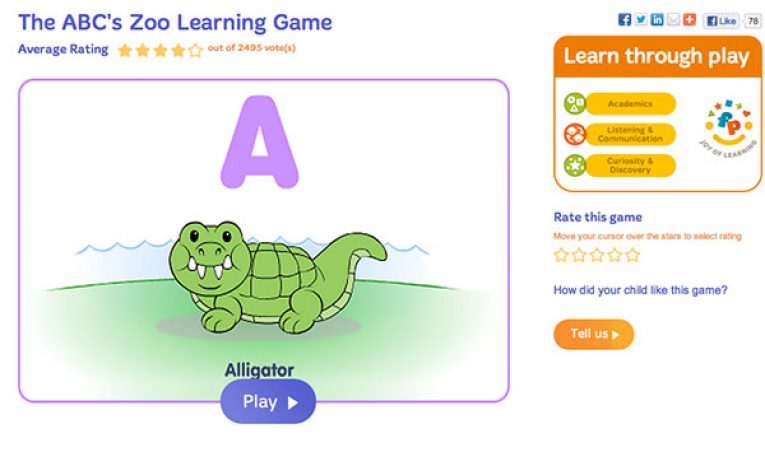
While “rules” may seem counterintuitive to the idea of free, voluntary play, a system of mental rules is actually one of the other key features of play. Children may state these explicitly, form them collaboratively or follow a selected leader, or have an inherent sense of what governs the terms of their playful engagement. This active, pleasurable negotiation of rules and symbols can offer a number of learning benefits.
How Do Children Learn Through Play?
In her TedX Talk talk, Professor Doris Fromberg, Director of Early Childhood Teacher Education at Hofstra University, explains why play is such an important part of the learning process for children.
We need to consider that young children learn in quite different ways [than adults]. They learn by comparing physical experiences, by interactions with other people and their own feelings. And they learn an enormous amount through their imagination.... Play is what pulls together the logical and creative parts of the brain.
For young children, play is often a full body activity that helps them develop skills they will need later in life. Running, dancing, climbing, rolling—these activities all foster muscle development and help fine-tune motor skills. Children also build their mental and emotional muscles as they create elaborate, imaginative worlds rich with a system of rules that govern the terms of play.
University of Denver researchers Elena Bodrova, Carrie Germeroth, and Deborah J. Leong found that children teach themselves to regulate their emotions and think before they act when they play. For example, if a child is pretending to be Olaf from Frozen, they may pretend they’re melting when they come inside or insist that they like warm hugs. In each case, they consider how their actions will correlate with how Olaf should act in a given situation.
This role playing helps children build social skills and helps them become the kind of adults who are able to thrive in a range of personal and professional environments.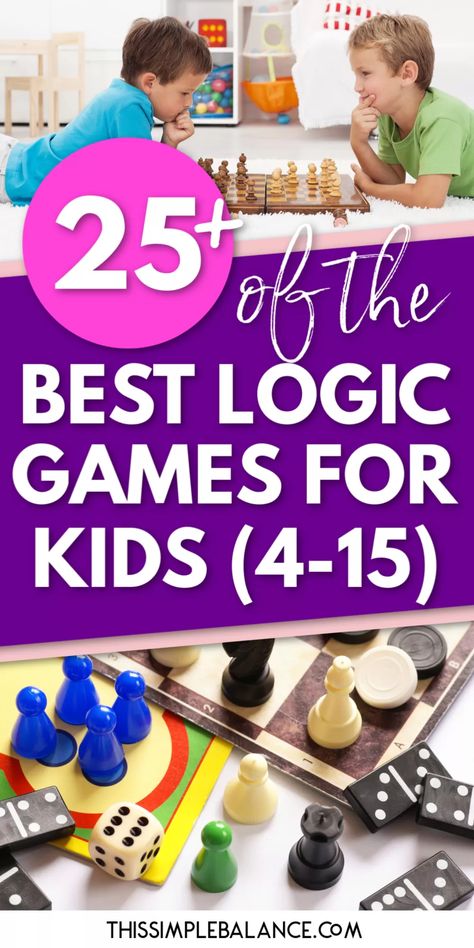
Why It’s Important to Include Play in the Classroom
In an academic setting, play can also help children learn and grow. Teacher-initiated play is a close cousin to inquiry based learning. At Whitby, our early child educators ask children questions about the rules and process that govern the play, and then encourage children to make connections to the wider world through their own body of knowledge.
Dr. Angeline S. Lillard, author of Montessori: The Science behind the Genius, wrote about about how Maria Montessori encouraged educators to use play as a part of the learning process.
[In a Montessori classroom] teachers guide learning within structures but do so playfully and loosely, with particular focus on the goals they have in mind... the Montessori education resembles playful learning.
We’ve seen this at Whitby. When we take a play-based approach to combining different subjects, we’ve found that teachers can create an educational experience greater than the sum of its parts.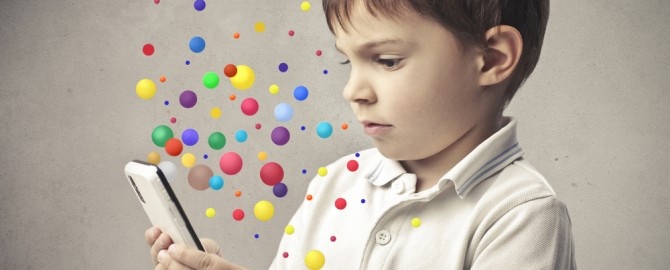 Students learn critical thinking skills, develop their language abilities, expand their range of knowledge and increase their social emotional awareness—all without realizing how much they’re learning.
Students learn critical thinking skills, develop their language abilities, expand their range of knowledge and increase their social emotional awareness—all without realizing how much they’re learning.
Maximize Learning Through Play
From offering children a chance to ask questions, problem solve, work collaboratively and conduct structured experimentation, play is a key component of learning at Whitby. One way that Whitby teachers bring a sense of play into the classroom is by taking an activity-based approach to nearly every subject.
For example, when our teachers read a book aloud, they encourage young students to turn each page and follow each word with their fingers. They can also prompt students to talk to each other about the content, and to talk about the associations it sparks from their own lives. Teachers also engage kids’ imaginations and sense of curiosity by asking “What do you think will happen next?”
Students are also given an opportunity to bring stories to life through dramatic play. When children are given opportunities to act out scenes and express themselves, they improve their social confidence, increase their ability to see the perspectives of others and increase the attention they give to the literature.
When children are given opportunities to act out scenes and express themselves, they improve their social confidence, increase their ability to see the perspectives of others and increase the attention they give to the literature.
Play gives children a chance to practice what they’re learning.
- Fred Rogers
At Whitby, we seek to teach children that learning is not just a formal activity they do in the classroom—it’s actually a lot of fun! One of our goals is to give kids opportunities to wonder, question, work as a team, experiment, play with different possibilities and investigate subjects that interest them. For example, in our 3D printing class, educators give students the opportunity to design an object from their imagination. Then they ask students to explain, “Why did you make that?” “What did you make it out of? What is the purpose of that object?”
This teacher engagement supports children in their creativity, while also challenging them to think about why they chose to create an object. It also requires them to think through the challenges they solved in creating it and helps them become more confident in their problem solving abilities.
It also requires them to think through the challenges they solved in creating it and helps them become more confident in their problem solving abilities.
Help Your Child Learn Through Play
Our goal at Whitby is to help students learn to ask questions, express themselves, collaborate with others, and take creative risks. We also want them to retain their natural curiosity and to never lose the excitement of learning something new. All those things are achieved by making learning fun for children.
Find out more about how you can help your child learn during our upcoming Parents as Partners parenting classes. We will be presenting on “Play as a Powerful Learning Tool” on Thursday, March 17. Click the link below to attend.
The scientific case for learning through play
Do you know that play builds brains? We look at research that shows how playful learning experiences lay the foundations for brain development and develops 21st century skills
Our brains literally change as we learn
In a sense, what we do is who we are.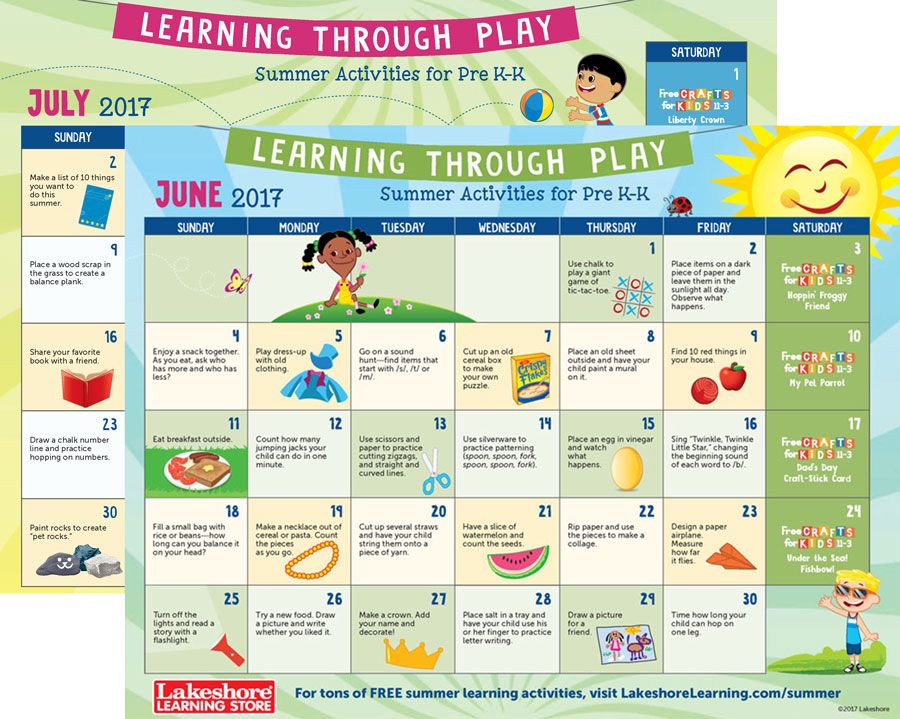 We now have a large – and growing – pool of evidence to show that learning through play is the best way to support learning. Children are natural scientists – they come into the world ready to experiment and learn through play. And they use what they discover to not only adapt the structure of their brains, but also strengthen the skills they need to continue being engaged, flexible learners for their whole lives.
We now have a large – and growing – pool of evidence to show that learning through play is the best way to support learning. Children are natural scientists – they come into the world ready to experiment and learn through play. And they use what they discover to not only adapt the structure of their brains, but also strengthen the skills they need to continue being engaged, flexible learners for their whole lives.
From our earliest days, play is how we relate to the world, and to each other. When children have plenty of opportunities to learn playfully, they do what they do best: pursue their natural curiosity. And, as they do, they build skills and aptitudes they’ll keep for life. There’s a wealth of science behind our understanding of learning through play: studies in teaching and learning, play, and neuroscience. Here are three key things to take from the research.
Children are born to learn through play
Children should be in charge of their play and learning
Five key characteristics unlock playful learning
Research shows that people learn best from experiences that are joyful, that meaningfully connect the play to their lives, actively engaging, allow testing things iteratively and are socially interactive.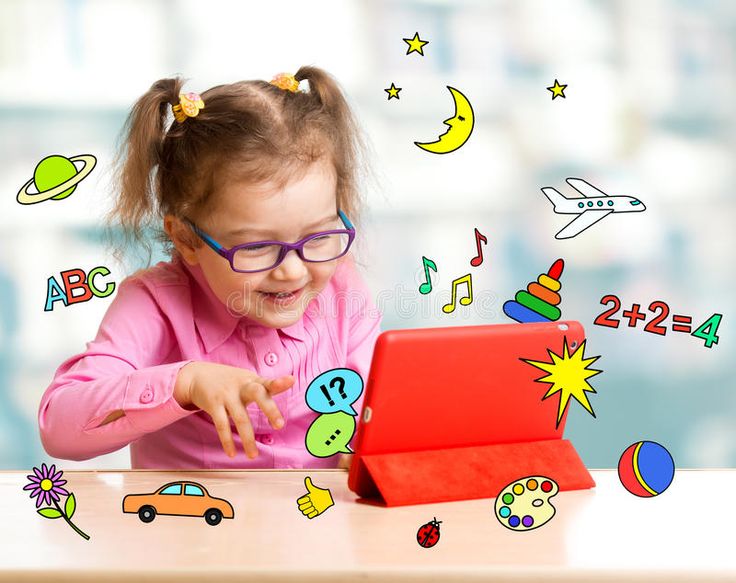 Children won’t always experience all of those characteristics at the same time – and that’s fine. But it’s another reason children need lots of different kinds of play. Each strand helps them weave a strong and flexible tapestry of skills to use throughout their lives.
Children won’t always experience all of those characteristics at the same time – and that’s fine. But it’s another reason children need lots of different kinds of play. Each strand helps them weave a strong and flexible tapestry of skills to use throughout their lives.
How the five characteristics of playful learning experiences help children grow and thrive
Joyful
Meaningful
Actively engaging
Iterative
Socially interactive
Here’s a quick look at how these qualities help children build their brains as they play
Access the full research papers
Play unlocks essential skills
Our world never stops changing, so how do we prepare children to navigate it? We let them play. Children thrive on play. It’s also perfect practice for tomorrow. Given the chance to think, negotiate, adapt to new rules and try again when things don’t go to plan, children develop essential skills that’ll last a lifetime.
It’s also perfect practice for tomorrow. Given the chance to think, negotiate, adapt to new rules and try again when things don’t go to plan, children develop essential skills that’ll last a lifetime.
Dive into our latest news, research, blogs and project stories
MoreOctober 2022 Evidence
World Mental Health Day: How play can support children’s mental health
July 2022 Evidence
Good Life at home and at play
June 2022 Opinion
For families to play more, we need better policies
Playful parenting is a huge child development boost – but parents are too often over-stretched and under-supported. Here’s how systems can help families unlock the power of play.
May 2022 Opinion
8 play ideas for family wellbeing
May 2022 Opinion
Play isn’t another thing to do. It’s another way to do things
Playful parenting gives a boost to every member of the family – and it doesn’t have to feel like yet another thing on the to do list.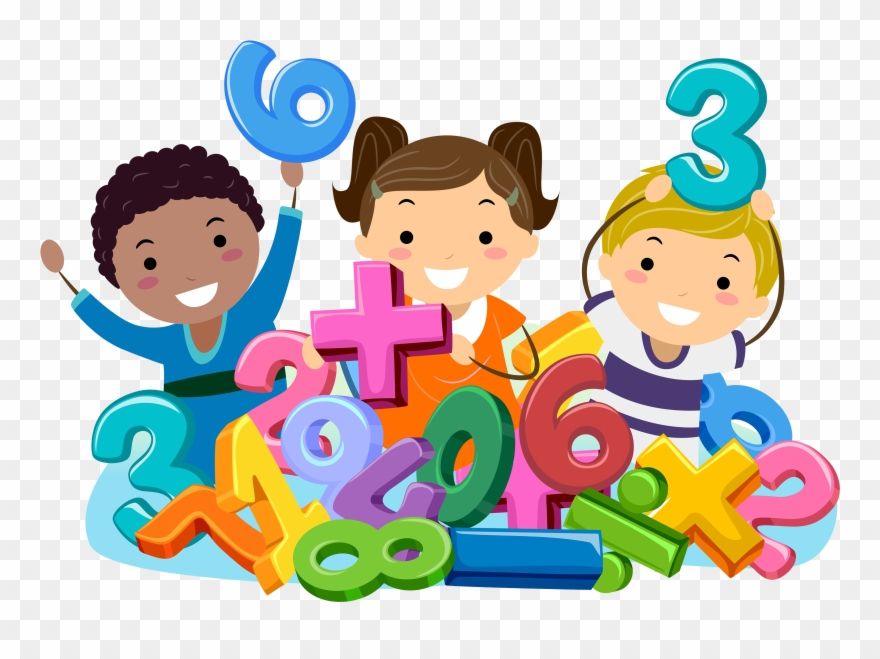 Read one parent’s perspective on getting more play in every day
Read one parent’s perspective on getting more play in every day
Ready to play?
When children play, they learn. They solve problems, think strategically, relate to others, and manage life’s ups and downs. Play helps children learn how to learn – and love learning. We've gathered some of our favourite games. You can play them anywhere – using things you find at home.
More activitiesMore research
MoreThe relationship between learning through play and holistic skills
Learning through play helps children develop the skills they need to thrive. And we’ve got an ever-growing body of evidence to illustrate it. Take a look.
Future skills, In the classroom
Positive play in a digital age
Children spend more time online than ever – so it is vitally important that digital platforms are a safe space to explore and learn through play. Here’s how organisations are steering industry and governments to put children’s wellbeing first.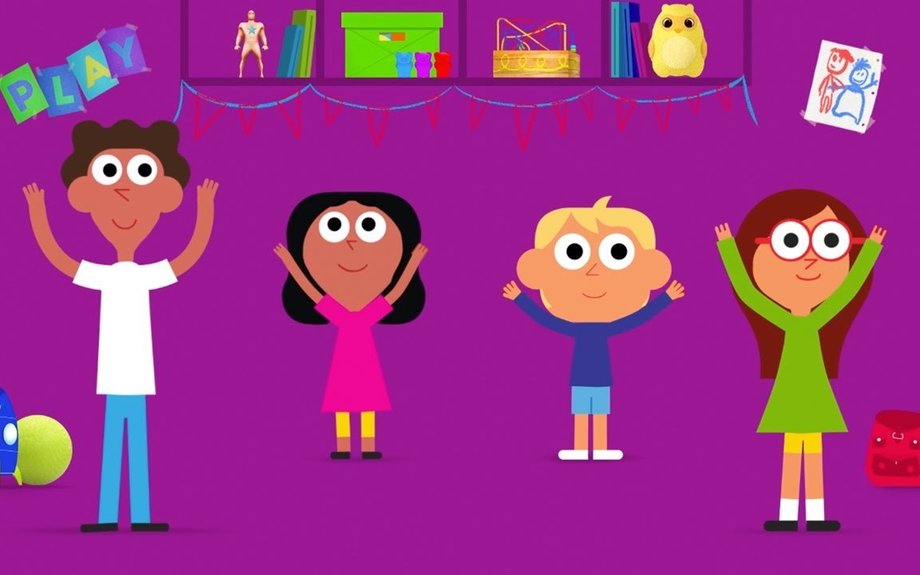
Technology, Wellbeing
Why creativity matters and how play nurtures creative minds
Creativity is instinctive in children – and just as essential in adults. Here’s an introduction to what we know so far about why and how we should make space for children to hone creative skills.
In the classroom, At home, Future skills
Rebuilding systems around social and emotional learning
Social and emotional learning is every bit as vital as reading and writing - especially now. We spoke to policymakers around the world about how they’re reshaping education around these essential skills.
Future skills, Wellbeing
How children thrive on play
Dive into the evidence for play’s vital role in child development.
At home, In the classroom, Future skills
How do children study, having fun-Drink-Drink
Drinkdrinkadmin
Content
Play is one of the most important aspects of a child's life. Why? Because with the help of hide-and-seek, pies and house games, children learn to think creatively and interact in society.
Why? Because with the help of hide-and-seek, pies and house games, children learn to think creatively and interact in society.
Through play, they develop physically and discover many emotional skills, as well as learn to perceive the world. In short, play is critical to your child's development.
“Play is how children learn,” says Dr. Tiff Jumeili, a pediatrician at the Center for Integrative Pediatrics and Medicine in Los Angeles.
Moreover, according to a 2012 study, play reduces stress. “In general, play is about reactions that make learning easier… [and] relieve stress,” Jumeili says.
But what are the benefits of play and what activities, toys and activities do children really need? We asked some experts to comment.
The Benefits of Play
While the benefits of play are innumerable—play helps children develop cognitively, physically, socially, and emotionally—there's more to play than fun and games.
Myra Mendez, PhD, LMFT, licensed psychotherapist and program coordinator at Providence Saint John's Child and Family Development Center in Santa Monica, California, says to Drink-Drink: “Play is important because it provides the primary foundation for learning, exploration , problem solution.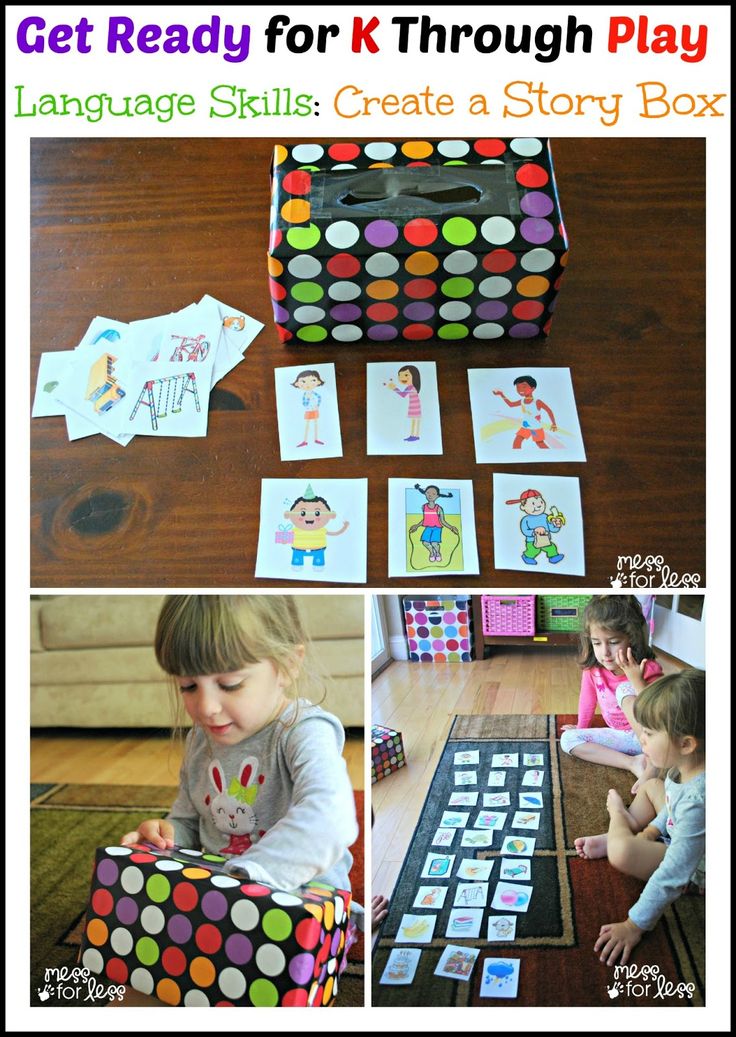 decide and build an understanding of the world and one's role in it.
decide and build an understanding of the world and one's role in it.
But how do children learn through play? Well, it's simple. Play gives children the opportunity to imitate what they see and practice skills. This gives them the opportunity to be creative and experiment, and play helps them learn how to interact and communicate with other people.
Cognitive benefits
Play promotes healthy development and development of critical thinking skills. It strengthens memory, helps children understand cause and effect, and, according to Mendes, helps children explore the world and their role in it.
“Toddlers learn how things fit together through play. This allows them to use their senses and encourages exploration and curiosity, and these skills are the foundation of intellectual development and cognitive processing.”
The game also inspires children to pretend, create and imagine. Creative, open-ended play helps children conceptualize, brainstorm and practice critical thinking skills.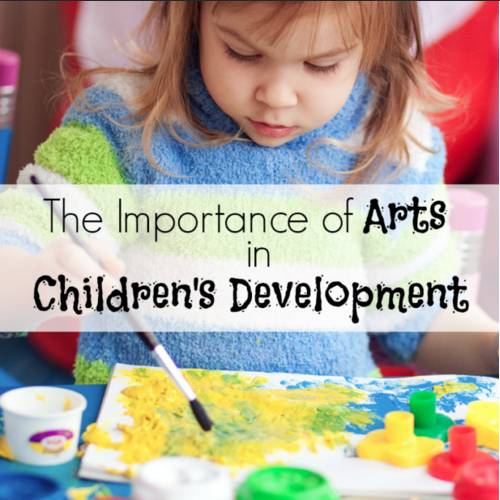
Physical benefits
Physical play benefits children in several ways, namely in developing their fine and gross motor skills.
“Play promotes motor development by encouraging movement [and] understanding of spatial relationships, developing motor planning skills, and maintaining balance and dexterity,” Mendes says. "It also supports gross motor skills such as energy, endurance, flexibility and body awareness."
Examples of physical play include running, jumping, swimming, block building, dancing, cycling and tree climbing. (When you provide opportunities for these activities, remember basic safety precautions, from bicycle helmets to swimming pool supervision.)
Social benefits
Play is also important for social development because it helps children learn how to interact with others.
Through play, children develop an understanding of social expectations and rules, and play provides an opportunity to share thoughts and ideas, listen and compromise.
Emotional Benefits
In addition, play helps children understand and process their emotions.
“Children process their emotions and new concepts through play,” Kim Wheeler Poitevien, a Philadelphia-based pediatric therapist, tells Drink-Drink.
For example, when a child loses a game, he learns to deal with sadness, anger and grief. Play also helps build confidence and helps develop their personality and self-esteem.
Game ideas
Children's ways of playing differ according to their age and interests. Here are some ideas for parents and kids.
Children
Playing with young children can be difficult - after all, babies cannot sit, crawl, walk, talk or stand. But according to the American Academy of Pediatrics (AAP), learning through play can start with a child's first smile.
“At this stage, children are most interested in faces—and they learn to make those faces smile and laugh at them,” says Jumeili.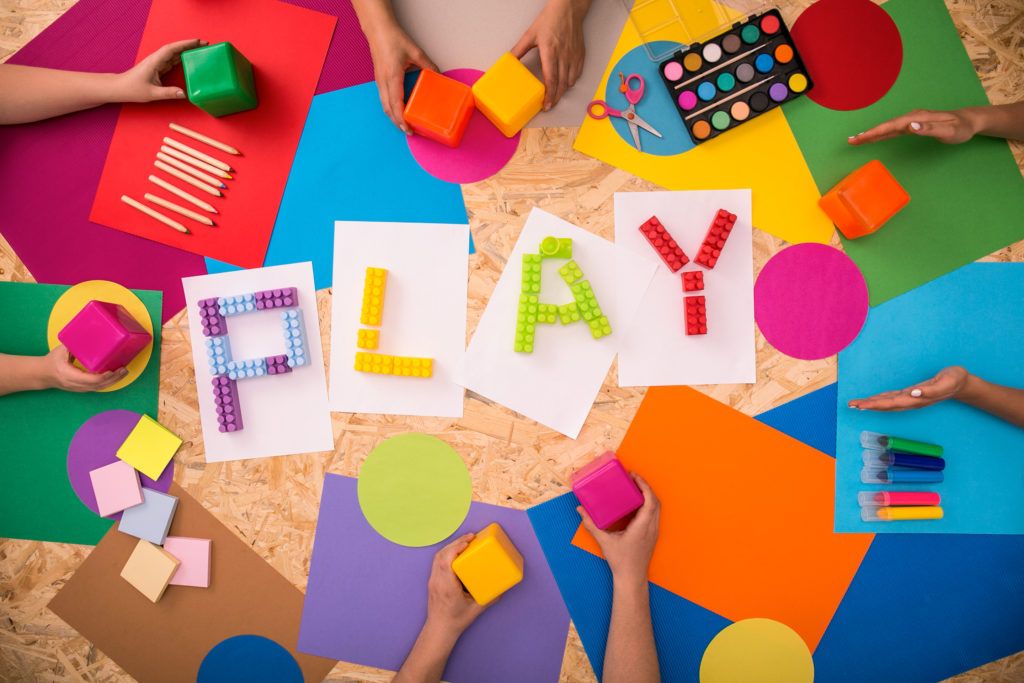 “Children love games like hide and seek. This helps teach them object permanence. They love contrasting colors and textures. Think rattles and pieces of crumpled paper, and they love to make noise. Have them experiment by hitting different pots and pans to see what sounds they make."
“Children love games like hide and seek. This helps teach them object permanence. They love contrasting colors and textures. Think rattles and pieces of crumpled paper, and they love to make noise. Have them experiment by hitting different pots and pans to see what sounds they make."
Talking to your baby is also very important as it helps them develop their language skills.
Toddlers
As your child grows, his/her ability to play increases. Toddlers love colorful items such as age-appropriate balls, cars and blocks. Puzzles are a great choice, as are simple art supplies, and role-play is great for kids of this age.
“You should encourage toddlers to role-play using dolls, blocks, common household items, or dressing up,” Mendes says.
Read regularly to your child and encourage them to color or draw as these activities will help develop understanding, cognition and fine motor skills.
Preschool children
Children of preschool age are steadfastly independent.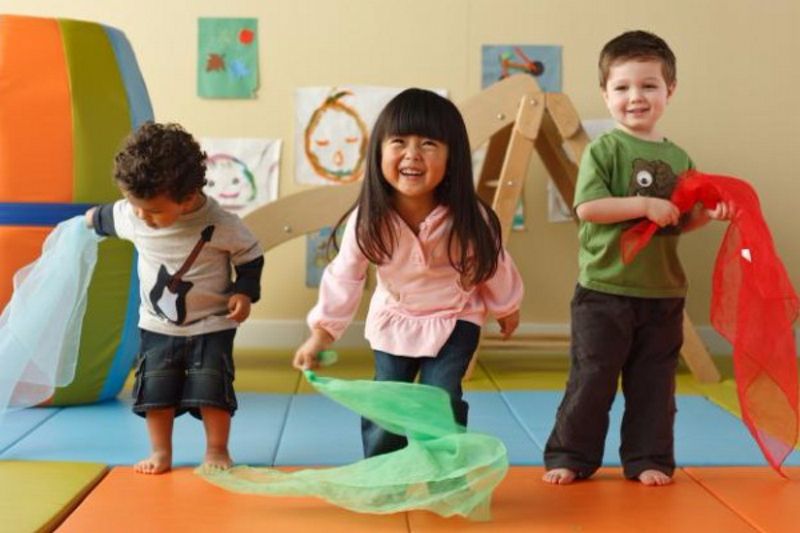 They have an understanding of the world and their place in it, and for this reason, most of their games at this age are independent and structured.
They have an understanding of the world and their place in it, and for this reason, most of their games at this age are independent and structured.
“Children of preschool age tend to be independent in everything they do,” says Jumeili. “Parents often notice that they insist not only on choosing their own clothes, but also on putting them on themselves. For this reason, preschool is a great age to explore DIY activities such as puzzles, magnetic tiles, LEGO and tower building.”
However, it is important to note that preschoolers need socialization. This is the key to their development. Playground and park trips are great ways to encourage this, as are games like tags and red/green lights, says Simon.
School-age children
Like preschoolers, primary and secondary school-age children are very independent. They are also very focused on school activities. However, the game is still an integral part of their development.
“Children of school age also need to play,” says Wheeler Poitevienne.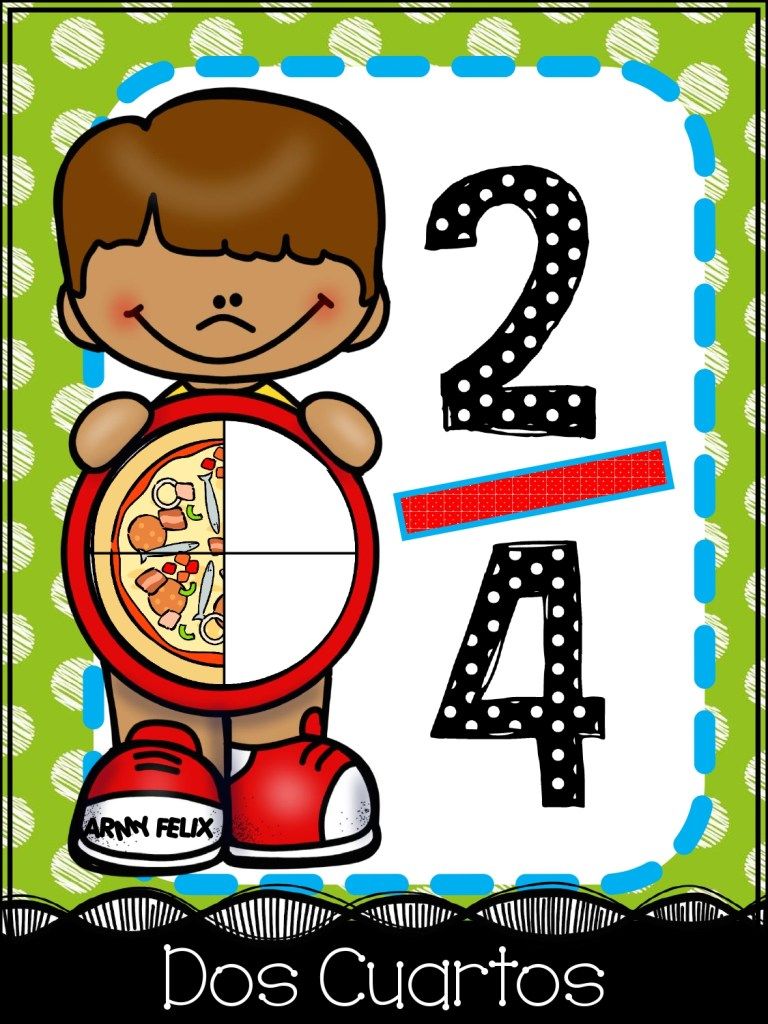 “Encourage outdoor ball or bubble play, or plan a family game night. LEGO sets, Kinex and other building toys are good too. Video games are also considered a game, but these activities should be done in moderation."
“Encourage outdoor ball or bubble play, or plan a family game night. LEGO sets, Kinex and other building toys are good too. Video games are also considered a game, but these activities should be done in moderation."
Side effects of not playing
Play helps children grow up to be strong, healthy and independent individuals. It also helps them develop emotionally and reduces stress. However, not playing can have negative and long-term consequences.
Research shows that when children do not have the opportunity to play in nature, they are at greater risk of concentration problems and behavioral problems,” explains Jumaili. “Without proper play, children have no opportunity to develop their imagination and develop the skills they need to succeed at work and in life. Lack of play can also stunt a person's social and emotional development."
A 2018 AAP study also found that lack of play can increase stress. “Playing is not frivolous… it is brain development,” Jumeili says.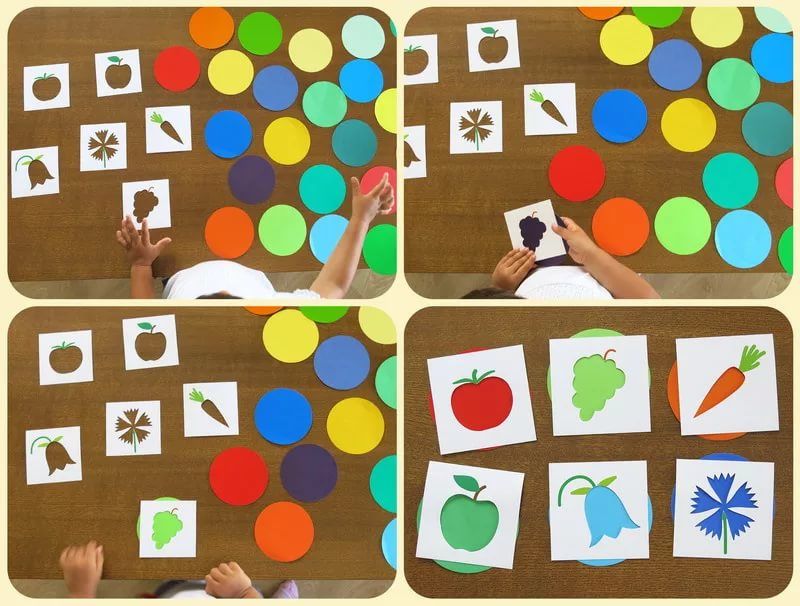 "When a child's life lacks play and safe, stable, nurturing relationships, toxic stress can disrupt [their] development."
"When a child's life lacks play and safe, stable, nurturing relationships, toxic stress can disrupt [their] development."
Conclusion
Play is valuable for children - very valuable. In fact, the benefits of the game cannot be overestimated. So run, sing and dance with your kids. Play games with kids and have fun!
HealthPlay is child development
Parent Advice:
"Play is the development of the child"
For some reason, many adults have developed a dismissive attitude towards the game as an empty pastime. Such adults try to turn any activity with a child into a semblance of a school lesson: the kid must sit at a desk, demonstrate complete seriousness, accuracy, he is not allowed any fiction, and they are required to complete tasks only according to the model. Since this is against the nature of the child, there is no result from such activities. The parent gets annoyed, scolds his kid, accuses him of unwillingness to learn, criticizes his mental abilities.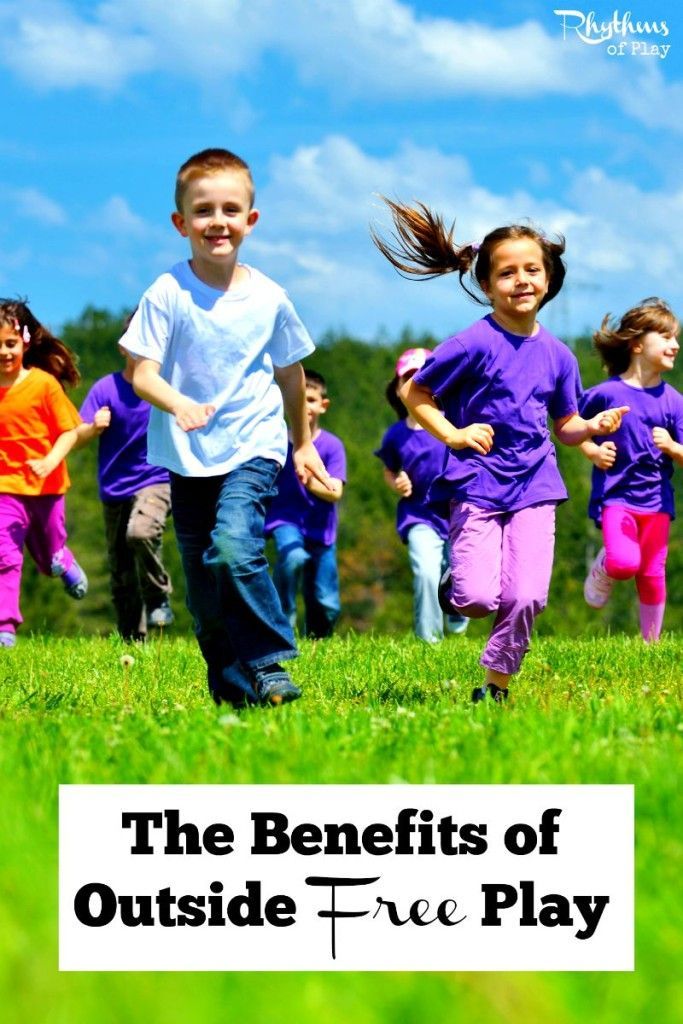 And as a result, the child has tears and complete, to the point of disgust, unwillingness to study. A familiar picture?
And as a result, the child has tears and complete, to the point of disgust, unwillingness to study. A familiar picture?
What happens to the child in the game? In the game, the child learns to subordinate his behavior to the rules of the game, learns the rules of communication with people, develops his mental abilities and cognitive interests. Playing for a child is serious business.
The main components of the game are: didactic task, game actions, game rules, result and didactic material.
The main goal of any didactic game is educational, which is why the main component in it is the didactic task, which is hidden from the game. The child is simply playing, but according to the inner psychological meaning, this is a process of direct learning.
Game rules. The main purpose of the rules is to organize the actions and behavior of children. Rules can prohibit, allow, prescribe something to children in the game, make the game entertaining, tense. The more rigid the rules, the more intense the game becomes.
Conditions that ensure compliance with the rules in a didactic game: firstly, it is a collective organization of activities, when the players coordinate their actions and control the implementation of the rules by their peers, and secondly, the creation of associations of different ages, when the elders pass on their gaming experience to the kids. Thus, without rules, the didactic game would develop spontaneously. The didactic task was not solved.
In preschool pedagogy, the whole variety of didactic games is combined into three main types: games with objects (toys), natural material, desktop-printed and word games.
Object games use toys and real objects. Playing with them, children learn to compare, establish similarities and differences between objects. The value of these games is that with their help children get acquainted with the properties of objects, size, quality, color. In games, tasks are solved for comparison, classification, and sequencing. As children acquire new knowledge about the object environment, tasks in games become more complicated: children practice in identifying an object by any one quality, combine objects according to this feature (color, shape, purpose, quality), which is very important for the development of abstract logical thinking.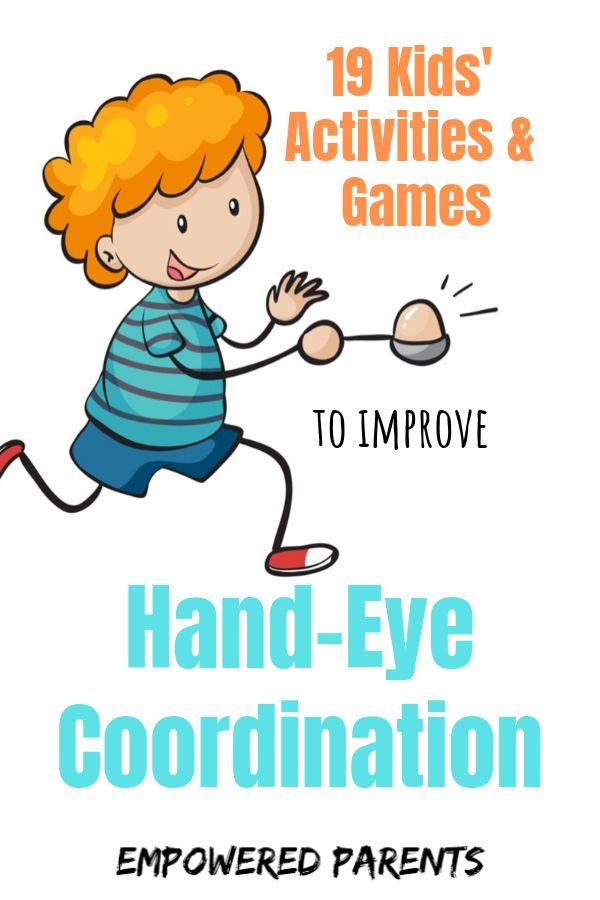
Games with natural material always arouse in children a desire for keen interest, a desire to play. Plant seeds, leaves, pebbles, various flowers, all this is used in working with children when organizing and conducting didactic games. Such games allow the educator to conduct them during a walk, directly in contact with nature, while children's knowledge of their natural environment is consolidated, thought processes and operations (analysis, synthesis, classification) are formed, and along with this, a love for nature is brought up and respect for it.
Board games are an interesting activity for children. They are diverse in types: lotto, dominoes, paired pictures. The simplest task in such a game is to find two identical pictures among different pictures. Then the tasks become more complicated: the child combines the pictures not only in appearance, but also in meaning. Compilation of various pictures and cubes. The task of this type of game is to teach children logical thinking, to develop their ability to compose a whole object from separate parts. A complication in these games can be an increase in the number of parts, as well as the establishment of content, plot pictures. Description, story about the picture showing actions, movements. In such games, a learning task is set: to develop not only the speech of children, but also imagination, creativity. In such games, such valuable qualities of the child's personality as the ability to reincarnate, to creative search in creating the necessary image are formed.
A complication in these games can be an increase in the number of parts, as well as the establishment of content, plot pictures. Description, story about the picture showing actions, movements. In such games, a learning task is set: to develop not only the speech of children, but also imagination, creativity. In such games, such valuable qualities of the child's personality as the ability to reincarnate, to creative search in creating the necessary image are formed.
Word games. They are built on the words and actions of the players. In such games, children learn based on their existing ideas about objects, deepening their knowledge of them, because. it requires the use of previously acquired knowledge in new connections, in new circumstances. Children must independently solve various mental tasks: describe objects, highlighting their characteristic features, guess from the description, find similarities and differences, alogisms and judgments. At the older preschool age, when logical thinking begins to actively form in children, word games are more often used in order to form mental activity, independence in solving problems. With the help of word games, children are brought up with a desire to engage in mental work. In the game, the very process of thinking proceeds more actively, the child overcomes the difficulties of mental work easily, without noticing that he is being taught.
With the help of word games, children are brought up with a desire to engage in mental work. In the game, the very process of thinking proceeds more actively, the child overcomes the difficulties of mental work easily, without noticing that he is being taught.
1. First of all, they include games with the help of which they form the ability to highlight the essential (main) features of objects, phenomena: “Guess the Radio Shop. Yes No
2. The second group consists of games used to develop in children the ability to compare, contrast, replace alogism to make a correct conclusion
3. In the third group of games, with the help of which the ability to generalize and classify objects according to various criteria is developed, they are combined: “Who needs what, Name three objects
4. In a special fourth group, games for the development of attention, quick wits, quickness of thinking, endurance, sense of humor are allocated: Damaged phone Paint, Flies - does not fly
Vocabulary games are played with toys, objects, pictures and on a verbal basis (verbal).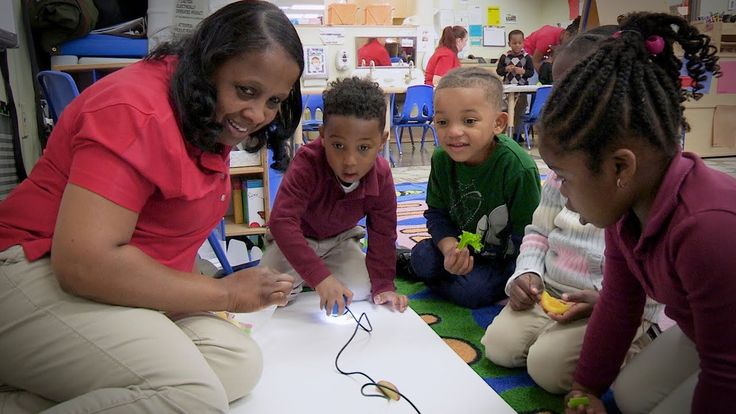 The game develops all aspects of the personality (unlike computer games, which only train one particular skill, and do not develop your child, no matter what those who create and sell them say about it). After such serious statements, it remains to be recognized that the child is simply obliged to play: in order to learn about the world around him, to learn the various rules by which he will have to act in adulthood, to try on various social roles. And all this so that he could find and take his place in life. And what did our ancestors think about the game? How to find out? It is very simple: the attitude to something is fixed in the language in stable phrases. Own game Get involved in the game Play your role Get out of the game Political games Behind the scenes games Idea games, imagination games Play wedding Play with words Play all-in game of shadows Play with fire, etc. Each of us has said these words more than once, without thinking about how long they have existed. So it turns out that the Russian people considered the game a constant and important part of life.
The game develops all aspects of the personality (unlike computer games, which only train one particular skill, and do not develop your child, no matter what those who create and sell them say about it). After such serious statements, it remains to be recognized that the child is simply obliged to play: in order to learn about the world around him, to learn the various rules by which he will have to act in adulthood, to try on various social roles. And all this so that he could find and take his place in life. And what did our ancestors think about the game? How to find out? It is very simple: the attitude to something is fixed in the language in stable phrases. Own game Get involved in the game Play your role Get out of the game Political games Behind the scenes games Idea games, imagination games Play wedding Play with words Play all-in game of shadows Play with fire, etc. Each of us has said these words more than once, without thinking about how long they have existed. So it turns out that the Russian people considered the game a constant and important part of life.